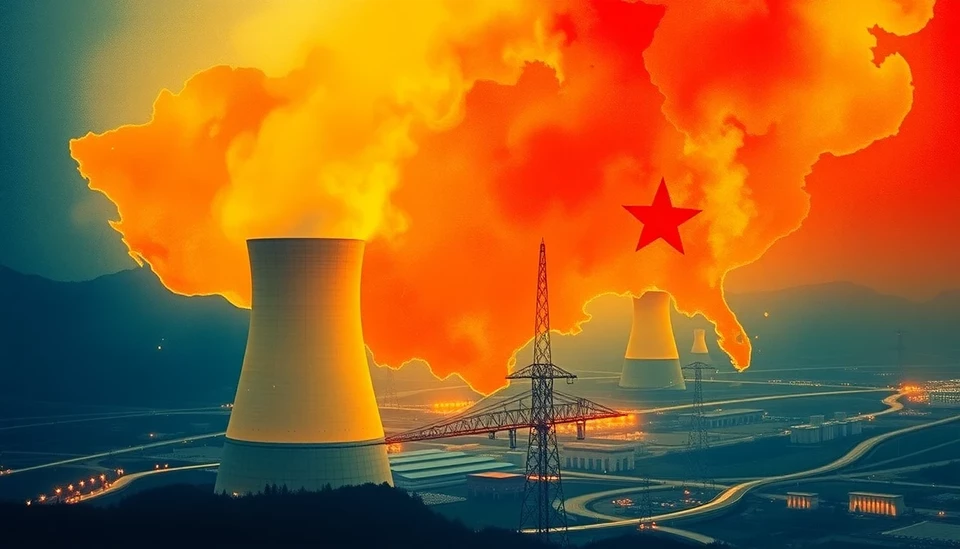
The world is witnessing an unprecedented push towards sustainable energy, and at the forefront of this movement is China, a country rapidly expanding its nuclear power capabilities. In the past decade, the nation has embarked on a frenzied construction of nuclear reactors, cementing its status as a global leader in nuclear energy production. In this article, we delve into how China is able to build so much nuclear power and the implications of this growth on global energy dynamics.
Currently, China is home to over fifty operational nuclear reactors, with dozens more under construction. It has been reported that Chinese authorities aim to increase their nuclear power generation to thirty percent of the country's total electricity output by 2035, up from approximately ten percent today. This ambitious endeavor is characterized by a mix of innovative technologies, a streamlined regulatory process, and substantial investments from both the government and private sector.
One of the cornerstones of China's rapid nuclear expansion is its remarkable ability to innovate and build nuclear reactors much faster than many Western counterparts. The country's state-owned enterprises, particularly China National Nuclear Corporation (CNNC) and China General Nuclear Power Group (CGN), are leading the charge with streamlined project management and construction practices that dramatically reduce the time required to build nuclear facilities. For example, the construction of the Hualong One reactor type is reported to be completed in a fraction of the time it takes similar reactors elsewhere.
Moreover, China's commitment to nuclear energy is not merely driven by domestic needs but also has a significant international aspect. With the increasing focus on reducing carbon emissions and combating climate change, China is promoting its nuclear technology to other nations. Projects in countries like Pakistan and the United Arab Emirates underscore China's strategy to extend its influence through energy partnerships. These international projects not only bolster the regional energy landscape but also position China as a serious player in the global nuclear power arena.
In tandem with the construction of new reactors, China is also investing heavily in research and development. The aim is not just to expand existing technologies but also to innovate next-generation reactors that promise higher efficiency and safety. China's vision includes the development of molten salt reactors and fast breeder reactors, which could revolutionize the field by providing longer-lasting fuel and producing less waste.
However, the rapid nuclear expansion comes with its share of challenges and criticisms. Environmentalists express concerns over the long-term safety and sustainability of nuclear energy. High-profile incidents in history, such as the Fukushima disaster, have raised alarms about the risks associated with nuclear power, prompting calls for more stringent safety measures. Additionally, questions about the long-term management of nuclear waste remain critical issues that require careful consideration.
Despite these challenges, the Chinese government remains steadfast in its nuclear ambitions, viewing nuclear power as a necessary component of its energy strategy. With the stakes higher than ever in the battle against climate change, China’s aggressive expansion of nuclear energy offers both a blueprint for rapid development and a cautionary tale of the potential pitfalls of such a strategy. The implications of China's nuclear expansion are far-reaching, influencing both domestic energy security and global energy markets.
As we move towards a more sustainable energy future, monitoring China's progress in nuclear power production will be essential. The balance between energy needs, safety, and environmental concerns will shape the global narrative surrounding nuclear energy for years to come.
#ChinaNuclearPower #EnergyRevolution #SustainableEnergy #NuclearExpansion #ClimateChange #GlobalEnergy #PowerGeneration
Author: Megan Clarke




